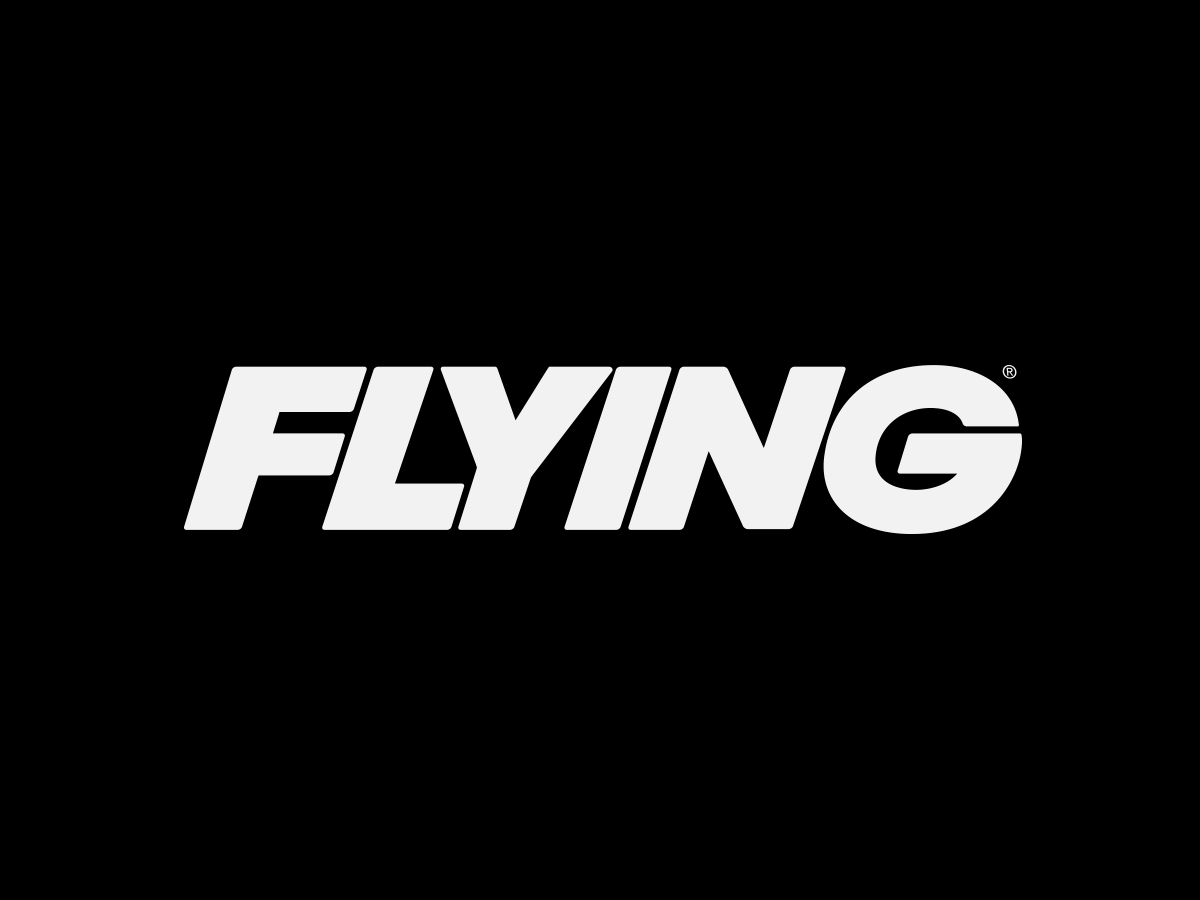
The most valuable part of the video recording was actually the audio portion. That seems to be the consensus of many pilots when a voice recorder is compared to an image recorder, at least in a training environment; although the Navy expert testifying at the NTSB hearing argued otherwise. For certain airplanes, the Navy has employed a computer-assisted debriefing system that it claims for its success in reducing mishaps.
Let's give some credit to the NTSB. Did you know that over the last 20 years the organization has never failed to determine a probable cause for a major aviation accident? That's a damn good record as far as I'm concerned. How is an image recorder going to improve upon that success rate?
Okay, how about costs for CIRs? The technology exists, but none of the manufacturing experts would commit to a definite figure. At the NTSB hearing, depending upon the airplane application and the type of CIR unit, the only numbers mentioned were in the range of $3,000 to $10,000. And those numbers were only for the CIR unit. The manufacturers all agreed that a good portion of the cost would be in the installation and the retrofitting. Multiply those seemingly benign numbers times an entire airline fleet.
And now let's go to the most contentious issue: How much legal protection will be maintained regarding the release of CIR data? When CVRs were first required in 1964, the FAA was urged not to utilize the tape for any purpose other than accident investigation. The FAA refused to define the authorized users of a CVR, but the agency did implement a rule that the recording could not be used in a pilot enforcement action. It appears that this rule has not been broken.
However, it appears that the original accident investigation use of the CVR has been broken. The actual CVR tape has been utilized in almost every court proceeding involving an airplane accident. Welcome to our litigious society.
Although the protection from release of a CVR to the public seems to be working in the United States, there are no guarantees in other countries. The NTSB released the CVR tape of American Airlines Flight 965 that crashed near Cali in December of 1995 back to the Columbian government. The Columbian government sold it to NBC's "Dateline." In an act of irresponsible journalism, "Dateline" aired an irrelevant part of the tape on national TV. If you had been a family member of one of the victims or the crew, I doubt that viewing it would have been a pleasant experience.
And back on the subject of the digital age, it appears that if you can see one beheading on the Internet you can see them all. What do you think the chances are of a financially challenged computer geek having the motivation to make a copy of the CIR? Until there are encryption safeguards and rules in place that are enforceable on an international scale, it appears that a CIR is not a viable recommendation.
Remember earlier that I mentioned the irony of the NTSB recommendation regarding the location of the CIR, CVR and DVDR circuit breakers? The NTSB wants them inaccessible from tampering by untrustworthy flight crews. The passenger entertainment system was believed to have been the source of the fire that doomed Swissair Flight 111 off the coast of Nova Scotia. I'm sure the NTSB wouldn't want to discount the possibility that the methodical flight crew might have been able to save the day if the circuit breaker had been accessible.
With limited financial resources available to everybody concerned, my money is on accident prevention rather than accident investigation. The present tools are not perfect, but they have proven to be adequate. If the NTSB really wants a camera on an airplane, then let's point it in a direction that can do the most good. Put it on the other side of the cockpit door. That way we can say to our passengers, "Smile, you're on…"

Sign-up for newsletters & special offers!
Get the latest FLYING stories & special offers delivered directly to your inbox






